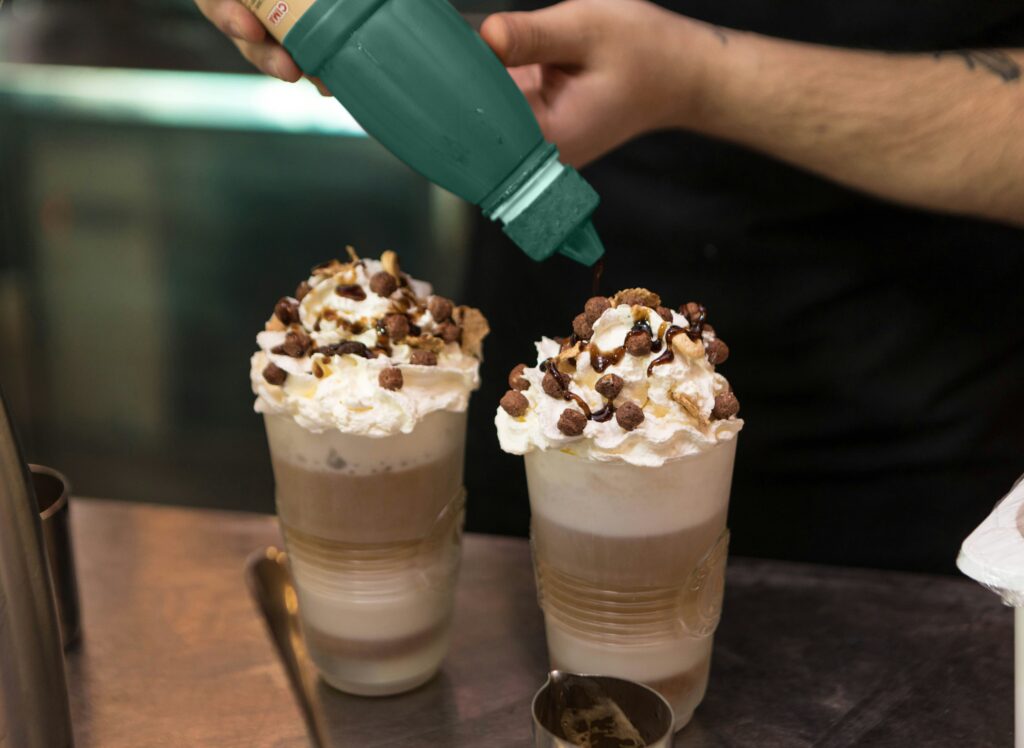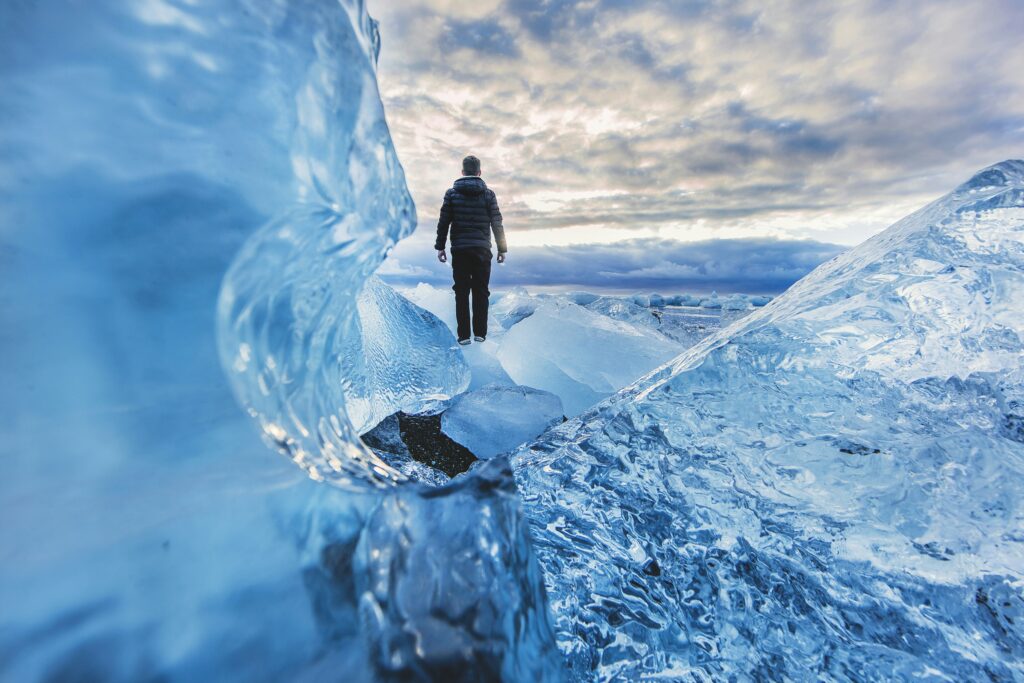There’s nothing quite like the convenience of having ice on demand, especially during those hot summer days. But, if you’re considering installing an ice maker, you might be wondering whether you need a water line to get it up and running. In this article, we’ll dive into the requirements for ice makers and explore options for those who may not have a water line readily available. From built-in appliances to portable alternatives, you’ll discover everything you need to know to keep your drinks perfectly chilled. Have you ever found yourself wondering if ice makers need a water line? Maybe you’re setting up a new kitchen or considering buying your very first ice maker and you’re puzzled about the logistics. Well, you’re in the right place. Let’s explore this question together and decipher the needs, benefits, and possible drawbacks of having a water line for your ice maker.
What is an Ice Maker?
To start with, let’s define what an ice maker is. An ice maker is a device that produces ice, usually in the form of cubes, crushed ice, or flakes, depending on its design. Ice makers can be found inside freezers, as standalone units, or integrated into appliances like refrigerators or drink dispensers. They come in handy for various purposes, from cooling your drinks to preserving your food.
Types of Ice Makers
There are several types of ice makers, and understanding their differences can help you decide what fits best for your needs. Here, we will break down the primary types of ice makers:
- Built-in Ice Makers: Integrated into your refrigerator or freezer. These are quite convenient since you don’t need a separate appliance.
- Portable Ice Makers: Standalone units that you can place anywhere, even take them with you. They are compact and user-friendly.
- Undercounter Ice Makers: Installed under your countertop and typically requires a permanent installation.
- Commercial Ice Makers: Larger units designed for businesses like bars, restaurants, and cafes. They produce ice more quickly and in larger quantities.
Choosing the type of ice maker depends on your specific needs—whether you’re hosting a family barbecue, running a café, or just want an endless supply of ice at home.
Do Ice Makers Require a Water Line?
This is a crucial question. The necessity of a water line depends largely on the type of ice maker you have or plan to get. Let’s delve into the details to give you a clearer idea.
Built-in Ice Makers
Built-in ice makers, particularly those integrated into your refrigerator, typically require a water line. The main advantage here is convenience: once connected, these ice makers automatically replenish their water supply and produce ice without constant attention. However, hiring a professional to install the water line is highly recommended, especially if you’re not handy with plumbing.
Portable Ice Makers
Portable ice makers are all about flexibility and ease. They do not require a water line. Instead, you manually fill them with water. They are perfect for smaller spaces or temporary installations, like a backyard party. They’re easy to set up, and you’ll start seeing ice within minutes.
Undercounter Ice Makers
Similar to built-in ice makers, undercounter ice makers usually require a water line. They are more permanent solutions meant to fit seamlessly into your kitchen layout. The initial setup might be more complex, but once installed, they provide a hassle-free ice-making process.
Commercial Ice Makers
Commercial ice makers almost always require a water line due to their high ice production levels. When running a restaurant or bar, the last thing you want is to manually refill an ice maker. Thus, a connected water line ensures a continuous supply of ice.
| Ice Maker Type | Requires Water Line |
|---|---|
| Built-in Ice Makers | Yes |
| Portable Ice Makers | No |
| Undercounter Ice Makers | Yes |
| Commercial Ice Makers | Yes |

Benefits of Having a Water Line for Your Ice Maker
Having a water line directly connected to your ice maker comes with several benefits. Let’s dig into some of these advantages.
Convenience
One of the most apparent benefits is convenience. With a water line, your ice maker will automatically draw water as needed, eliminating the hassle of manually refilling it. This is particularly useful for built-in and undercounter models that are designed to be low-maintenance once installed.
Continuous Ice Supply
When your ice maker has a direct water line, it can produce ice continuously without interruptions. This is especially important for commercial settings, where a consistent supply of ice is crucial. Even at home, you’ll appreciate never running out of ice during a busy family gathering or a party.
Time-Saving
Time is precious, and having a water line connected to your ice maker can save you quite a bit. You won’t have to constantly monitor water levels or refill the machine, which means more time for you to focus on other activities.
Potential Drawbacks of Using a Water Line
While having a water line connected to your ice maker is convenient, it does come with potential drawbacks. It’s essential to consider these factors before making a decision.
Installation Complexity
Installing a water line can be a bit complex and often requires professional assistance. The process involves drilling holes, running pipes, and ensuring everything is watertight to prevent leaks. This additional complexity can be intimidating for some people.
Maintenance
A connected water line requires some degree of maintenance. Over time, pipes can develop leaks or become clogged with sediment, which might necessitate repairs. Regular maintenance ensures that your ice maker operates efficiently, but it’s an added task you’ll need to keep in mind.
Upfront Costs
The initial cost of setting up a water line for your ice maker might be higher compared to using a portable model. Hiring a professional and purchasing the necessary materials can add to the overall expense.

How to Install a Water Line for Your Ice Maker
For those who decide that a water line is the way to go, let’s walk through the installation process.
Gather Your Tools and Materials
Before starting, you’ll need several tools and materials:
- A drill
- A screwdriver
- Tubing (usually copper or plastic)
- A water filter (optional but recommended)
- Shutoff valve
- Pipe fittings
Steps to Install
- Locate the Nearest Cold Water Source: This could be under your sink or from the main water line.
- Shut Off the Water Supply: Before making any cuts or changes, ensure the water supply is turned off.
- Install the Shutoff Valve: Connect the shutoff valve to the nearest cold water line.
- Run the Tubing: Attach the tubing to the shutoff valve and run it to your ice maker’s location.
- Drill a Hole (if necessary): If you need to run the tube through cabinets or walls, drill the necessary holes.
- Connect the Tubing to the Ice Maker: Ensure a secure, watertight connection.
- Turn On the Water: Once everything is connected, turn on the water supply and check for leaks.
- Test the Ice Maker: Make sure the ice maker is getting water and producing ice correctly.
Alternatives to Using a Water Line
If the idea of installing a water line isn’t appealing, there are alternatives to consider that still allow you to enjoy the benefits of an ice maker.
Using a Water Reservoir
Some ice makers come with built-in water reservoirs. These models eliminate the need for a water line while still offering the convenience of automatic ice production. Just fill the reservoir, and you’re good to go.
Portable Ice Makers
As mentioned earlier, portable ice makers don’t require a water line. They are manually filled and perfect for those who want ice on the go or prefer a hassle-free setup.
Bottled Water Dispensers
Certain ice makers can be connected to bottled water dispensers. This is another convenient method that doesn’t require a permanent connection to your home’s water supply. Simply place a bottle of water onto the dispenser, and the ice maker draws from there.

Maintenance Tips for Your Ice Maker
Whether or not your ice maker is connected to a water line, maintaining it properly is key to ensuring it performs efficiently and has a long lifespan.
Regular Cleaning
Ice makers, like any other appliance, need regular cleaning. Minerals from the water can build up over time, leading to less efficient operation or even malfunction. Regularly clean the ice maker according to the manufacturer’s instructions to keep it running smoothly.
Water Filter Replacement
If your ice maker uses a water filter, it’s essential to replace it periodically. A clean filter ensures the water quality remains high and prevents sediment build-up in the system.
Check for Leaks
Periodically inspect the water lines and connections for any leaks. Even a small leak can cause significant water damage over time, so it’s best to catch these issues early.
Test Ice Quality
Keep an eye on the quality of the ice produced. If you notice changes in clarity, taste, or size, it might be a sign that your ice maker needs maintenance or the water line is experiencing problems.
Conclusion
So, do ice makers need a water line? It depends on the type of ice maker and your specific needs. Built-in, undercounter, and commercial ice makers generally do require a water line for continuous operation and convenience. On the other hand, portable ice makers and those with water reservoirs offer flexibility and ease of use without needing a permanent water connection.
Understanding the benefits and potential drawbacks of having a water line can help you make an informed decision suited to your lifestyle. Whether you opt for a complicated setup with a connected water line or a more straightforward approach, the goal remains the same: a continuous supply of refreshing ice.
In the end, it boils down to what works best for you. Armed with this knowledge, you are now ready to make the best choice for your ice needs. Enjoy your ice-cold beverages with confidence!



